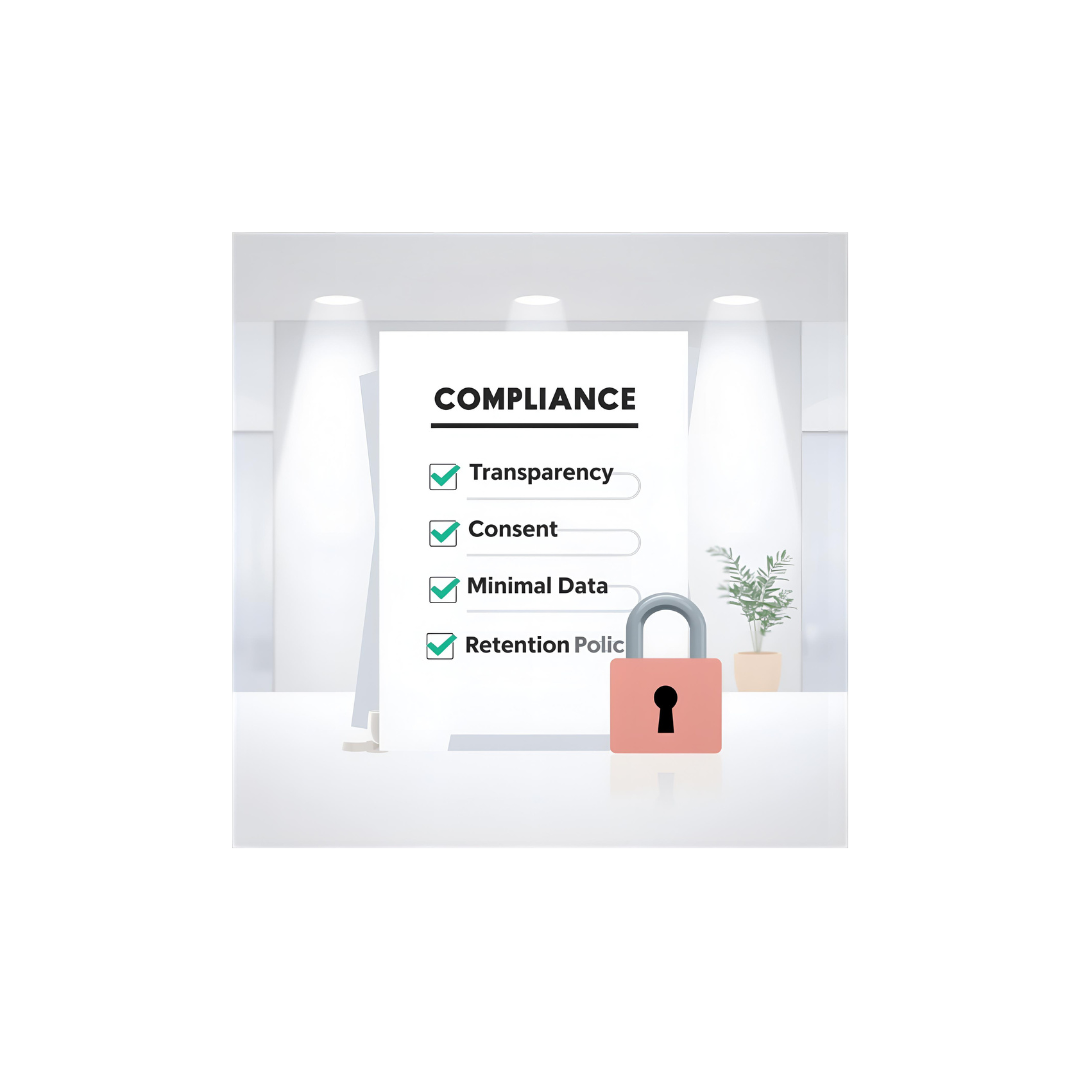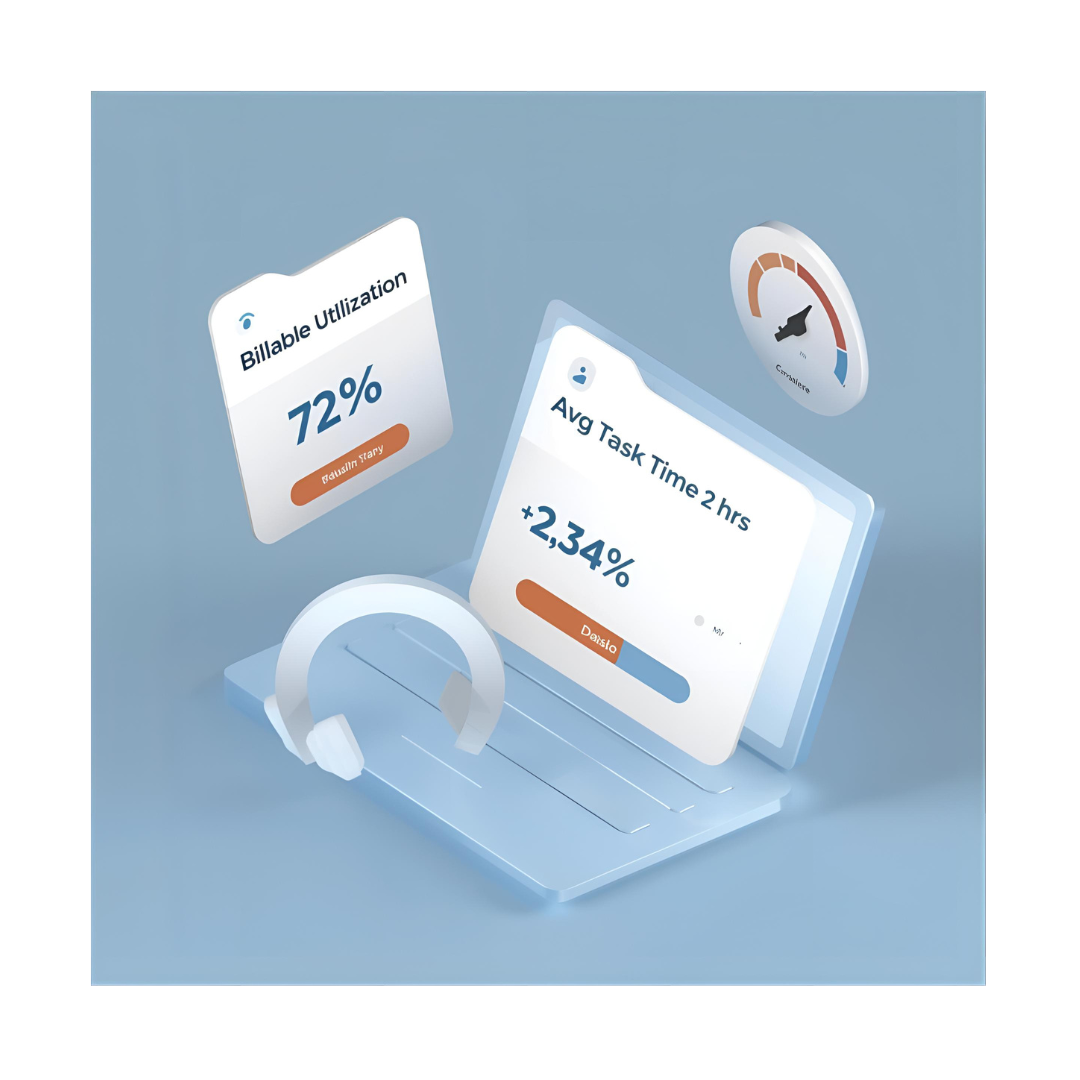Team Active vs. Passive Monitoring: What’s The Difference?
By Chrometa Marketing — A practical guide for managers on ethical monitoring, productivity, and accuracy in team time tracking.
Introduction: Why Monitoring Models Matter
How a company measures team activity shapes trust, productivity, and ultimately the bottom line. Choosing between active and passive monitoring is not just a technical decision — it’s strategic, ethical, and operational. This post unpacks the differences between the two approaches, their impacts on productivity and accuracy, and how to implement an ethical monitoring program that supports employees while delivering reliable insights.

Defining Active Monitoring
Active monitoring requires human or user-driven inputs. It typically involves manual status updates, timed check-ins, surveys, screen-sharing sessions, or real-time presence tools where employees or managers actively report activity. Active systems can include daily stand-ups, manual time entries for tasks, or pop-up prompts that ask the user to categorize their current work.

Defining Passive Monitoring
Passive monitoring operates in the background. It collects behavioral and usage data without frequent interruptions to the worker — examples include automatic time tracking, application and website usage logs, keystroke counts (where legally permitted), and system-level logging. Passive tools aim to create a seamless measurement layer that requires minimal user interaction.
Key Differences — At a Glance
Active monitoring is deliberate and explicit — employees know when they’re reporting. Passive monitoring is continuous and unobtrusive. Active methods are often seen as more transparent but can be time-consuming and biased by self-reporting. Passive methods scale better and often deliver fine-grained accuracy, but risk being perceived as intrusive or invasive if not managed with clear rules and consent.
Ethical Monitoring: The Foundation
Ethical monitoring should be the baseline for any organization. It means transparency, consent, minimal data collection, purpose limitation, secure storage, and fair use. Ethics also require clear communication of what is collected, how it’s used, who sees it, and what decisions may be affected by the data. These principles reduce risk — legal, cultural, and reputational — and help preserve employee trust.

Legal & Regulatory Considerations
Laws and regulation vary by country and sometimes by state or region. Employers must account for privacy laws like the GDPR in Europe, sector rules that protect sensitive information, and local workplace monitoring regulations. Legal compliance often dictates what kind of monitoring is permissible and whether explicit consent or notices are required.
Productivity: How Monitoring Affects Work
Monitoring can increase productivity when it clarifies expectations, reduces meeting overhead, and helps identify time sinks. However, poorly implemented monitoring — especially when it feels punitive — can reduce motivation, increase stress, and trigger a “gaming” response where people optimize for tracked metrics rather than meaningful outcomes.
Active Monitoring and Productivity
Active monitoring encourages mindfulness: employees reflect on tasks and priorities when they log time or report status. That reflection can increase accountability and focus. But the administrative burden of frequent manual entries or check-ins can also fragment work time and reduce deep work periods.
Passive Monitoring and Productivity
Passive approaches lower administrative cost and preserve flow by recording activity automatically. This can support productivity by removing friction from tracking. However, if employees feel surveilled, passive monitoring can harm morale. The balance is to ensure passive tools inform improvement rather than enforce micromanagement.
Accuracy: Which Method is More Accurate?
Accuracy depends on what you need to measure. Passive monitoring often captures precise timestamps and application usage, giving granular activity logs. Active monitoring captures intent and context — what the employee thought they were doing — which can be just as important. Ideally, combining both yields the best accuracy: passive data for timestamps and active inputs for context and purpose.
Common Accuracy Pitfalls
Passive systems can mislabel activities (e.g., time spent in a browser isn’t always productive work). Active systems face human error and recall bias — people over- or under-report time to appear more productive or to reduce perceived workload. Both systems can be gamed if incentives align poorly with desired outcomes.
Combining Active + Passive: The Hybrid Approach
A hybrid model merges the strengths of both methods: automatic capture of timestamps and app usage, plus lightweight active prompts for context (e.g., categorize this block of time as "client work", "admin", or "meeting"). This reduces friction while improving labeling accuracy and preserving employee agency.
Designing Ethical Hybrid Systems
Design should prioritize consent, transparency, and minimalism. Offer clear opt-ins, explain data retention, allow employees to review and correct their data, and limit access to aggregated reports for managers. Offer role-based views — for example, managers see team-level aggregates while payroll sees verified billable hours only.
Practical Steps to Implement Monitoring
1) Define goals — are you measuring utilization, billable time, or process inefficiencies? 2) Choose tools that support your goals and privacy rules. 3) Communicate clearly — explain benefits, what’s collected, and who sees it. 4) Start small with pilots and collect feedback. 5) Iterate on policies and technical settings.
Measuring Success: KPIs to Track
Key KPIs include billable utilization rate, average time-to-complete key tasks, meeting load vs heads-down time, and time lost to administrative tasks. For morale, track qualitative KPIs such as employee satisfaction with monitoring and the number of privacy or data-access complaints.

Similar Stories
Enterprise
5 Resources to Boost Your Freelance Productivity
The modern freelancer has a lot of plates to spin on a daily basis in order to succeed – and there never seems to be enough hours in the day. Those that use their limited time most efficiently will blow past the competition and make an impact in their chosen market. . Read More
Enterprise
6 Tips to Maintain a Healthy Work-Life Balance during COVID
Confinement, lockdown, quarantine, shelter-in-place… .... Read More


